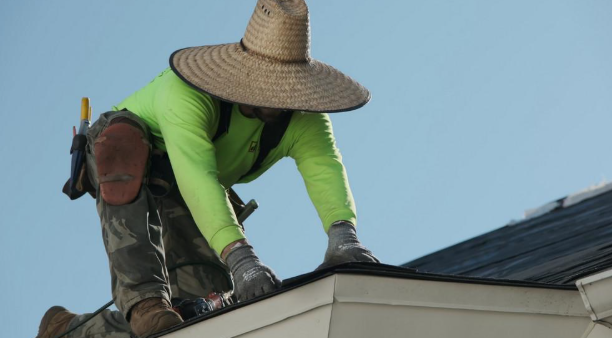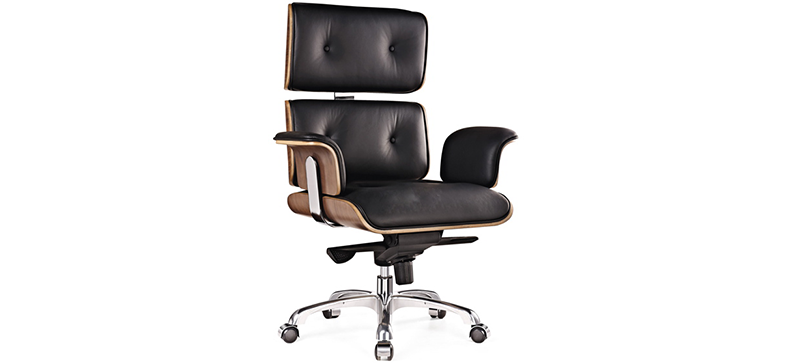Maintaining the roof over your head is an essential aspect of homeownership that can sometimes be overlooked. Understanding the full spectrum of roof maintenance, from inspections to replacements, helps in safeguarding your home’s long-term integrity. Roof care is critical, not just for protection, but also for managing costs over time.
A well-maintained roof enhances your home’s curb appeal and can significantly contribute to energy efficiency. By understanding the basics of roof care, homeowners can make informed decisions about upkeep, which ultimately prolongs the life of their roof. This comprehensive guide will discuss multiple aspects of roof maintenance including inspection routines, material lifespan, and replacement costs.
Every homeowner should be proactive about their roof’s condition to avoid more costly repairs in the future. Knowing when and how to perform inspections, as well as understanding the cost implications of repairs and replacements, will help in making economically sensible choices. Let’s delve into the details of each aspect of roof maintenance to ensure your home remains a safe and cost-effective haven.
Regular Roof Inspections
Regular inspections play a crucial role in roof maintenance. According to Allstate, it’s wise to have your roof inspected at least annually to identify potential issues early. Scheduling inspections on a yearly basis helps uncover problems like leaks, broken shingles, or other damage before they require expensive repairs.
Beyond yearly inspections, consider the timing of these inspections. Late spring or early fall is recommended, as these times of year often offer favorable conditions for spotting and repairing damage. By efficiently scheduling roof inspections, you’re protecting your home investment by extending the roof’s life expectancy.
Inspecting the roof regularly not only helps in cost management but also enhances home safety. Identifying issues such as pooling water, blocked gutters, or structural weaknesses can prevent possible accidents or further damage. Prioritizing these inspections aligns with the broader goal of preserving and enhancing home value.
Roof Lifespan Considerations
The lifespan of roofing materials varies, impacting maintenance costs and replacement timing. According to This Old House, asphalt shingles have a lifespan between 25 to 30 years. Selecting a roofing material with a longer lifespan might involve a higher upfront cost, but it could be advantageous for the long-term maintenance budget of a home.
Homeowners should be aware of the different types of roofing materials available and their respective lifespans. Metal roofs, for instance, can last longer than traditional shingles, up to 50 years in some cases. This information helps in planning future maintenance and potential replacement needs, contributing to long-term home financial planning.
Understanding the lifespan of your roof materials also means you’ll be better prepared for signs of roof aging. Age-related issues such as cracking, curling, or missing shingles are more expected as the roof approaches the end of its lifespan. Addressing these problems proactively can save costs and further cement your investment in your home.
Replacement Expenses
Replacing a roof can be a significant expense, one that should be budgeted and planned for in advance. According to Ruby Home, the average cost of a roof replacement hovers around $9,191, though this varies based on location and material selection. Addressing these costs early allows for smarter budgeting and resource allocation.
Considering different materials can alter the final cost of replacement. Options like metal, asphalt, or tile vary in both price and lifespan, meaning homeowners need to evaluate their priorities carefully. By understanding these differences, you can make an informed decision that aligns with your home’s needs and financial constraints.
Discussing roof replacement costs includes considering hidden expenses such as permits, old roof removal, and potential structural repairs. Each factor contributes to the overall budget you’ll allocate toward roof maintenance. With comprehensive knowledge, you can manage your home expenses by anticipating the full scope of roof replacement requirements.
Maintaining your roof’s health is an indispensable part of managing your home’s overall well-being. From annual inspections to the eventual replacement, each step in roof care contributes to preserving your home’s value. This guidance only strengthens the concept of being pre-emptive and financially astute when it comes to home care.









